Celebrating 70 Years Since the First Climbers Reached the Peak of Mount Everest
Mount Everest is the tallest mountain in the world, rising nearly 9,000 meters above sea level. It towers over the Himalayas, not only making for a stunning view, but serving as a challenge to mountaineers. Several thousand have successfully made the ascent to the summit since the first successful climb in 1953, with Nepalese authorities celebrating 70 years of mountaineering history.
Mount Everest
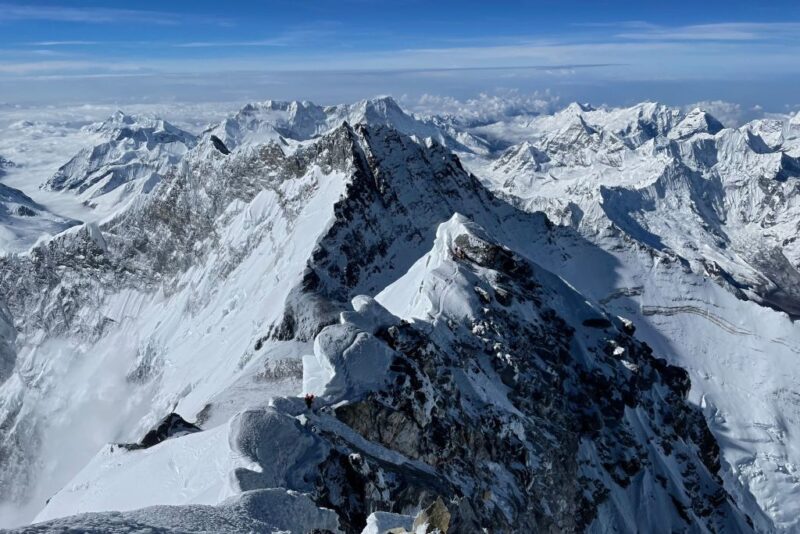
At 8,848.86 meters above sea level, Mount Everest is the world’s tallest summit. Located in the Mahalangur Himal sub-range of the Himalayas, it’s arguably the most popular peak among mountaineers. While it might not be the steepest peak, it is arguably the most dangerous.
The average temperature on Everest is -33 degrees Fahrenheit, with the warmest months being July and August, which hit around – 18. Along with the thinning air the higher up you ascend, there’s also brutally cold winds that increase the risk of exposure and frostbite. It’s also covered in snow and ice year-round.
It was first suggested by Clinton Thomas Dent in 1885 that scaling Everest was possible, three decades after it was declared the world’s highest summit. Since the first expedition in 1953, mountaineers have attempted to scale Everest. Earlier attempts were made – George Finch in 1922, for example – but those who tried were ill-prepared for such a steep and dangerous climb.
The first mountaineers to scale Mount Everest
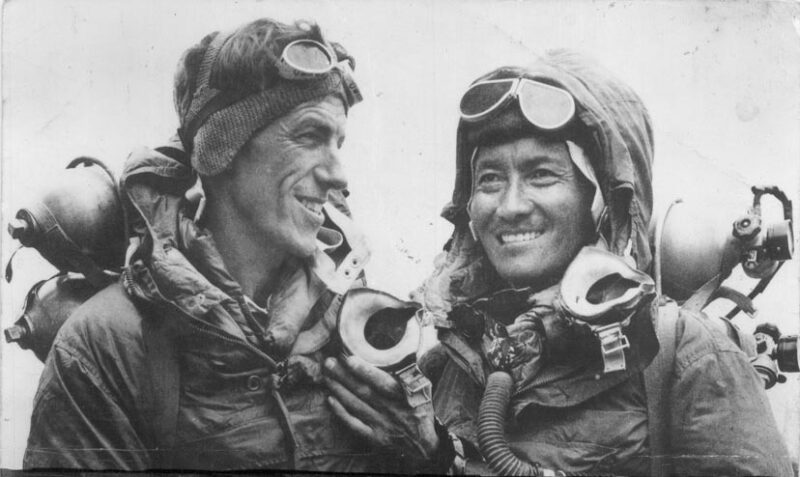
As aforementioned, the first successful ascent of Mount Everest occurred in 1953. Known as the “1953 British Mount Everest expedition” and organized by the Joint Himalayan Committee, it saw Sherpa Tenzing Norgay and New Zealand mountaineer Edmund Percival Hillary reach the summit, under the leadership of Col. Henry Cecil John Hunt.
Following a 1951 reconnaissance expedition, plans were made to scale Everest – and actually reach its summit. Hunt, replacing Eric Earle Shipton as the expedition’s leader, aided the mountaineers – Norgay, Hillary, Tom Bourdillon and Charles Evans – in preparing for the history-making ascent.
After establishing Base Camp on April 12, 1953, the team and their Sherpas moved supplies up the mountain via the Khumbu Icefall. Bourdillon and Evans set out on May 26, but had to turn back because of exhaustion. Hillary and Norgay began their ascent two days later and successfully reached the top at 11:30 AM the following day.
Word of their success reached British media on the morning of Queen Elizabeth II‘s coronation. Those involved became highly decorated, with Hillary being named a Knight Commander of the Order of the British Empire and Hunt a Knight Bachelor. The team also received the National Geographic Society’s Hubbard Medal.
How do you prepare to climb Mount Everest?
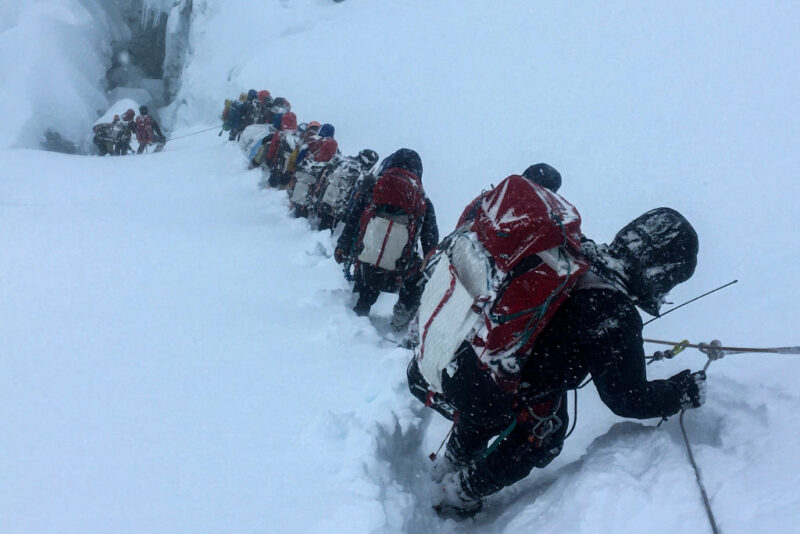
Scaling Mount Everest is no small feat. It requires rigorous physical and mental training, the former of which largely revolves around bulking yourself up and become a cardio wizard – seriously, you’ll be doing more cardio to prepare for the ascent than you’ve done in your entire life. This is because you need to prepare your body for the drop in oxygen levels as you climb. You’ll also need to carry at least 30 pounds of gear, so muscles are key.
Something many mountaineers don’t take into consideration is teaming up with the right expedition company. There are hundreds out there and it’s a multi-week trip, so it’s important you do your research and ask any and all questions you can possibly think of before settling.
You also need to have an advanced knowledge about mountaineering – including skills that can only be honed over time. Once you’re sure you know what you’re doing, it’s time to look at finances. Climbing Everest isn’t cheap when you factor in the climb itself, the cost of airline tickets and travel insurance, and, of course, hiring a guide.
Once that’s settled, it’s time to prepare your kit and gear. This can be done by researching what others have brought along with them, but also using your own knowledge. Along with oxygen tanks and proper outdoor wear (think boots, socks, a good coat, goggles, face mask, etc.), you’ll also need to think about a first aid kit, food and climbing gear – and we’re only just scratching the surface.
Most important is the knowledge that Everest isn’t a summit you scale the first time you decide to climb a mountain. It’s not for beginners, so we suggest slowly building your way up to it. Not only does this help to build your confidence, it also allows you to see how your body reacts at different altitudes.
Climbing Mount Everest is more dangerous than ever before
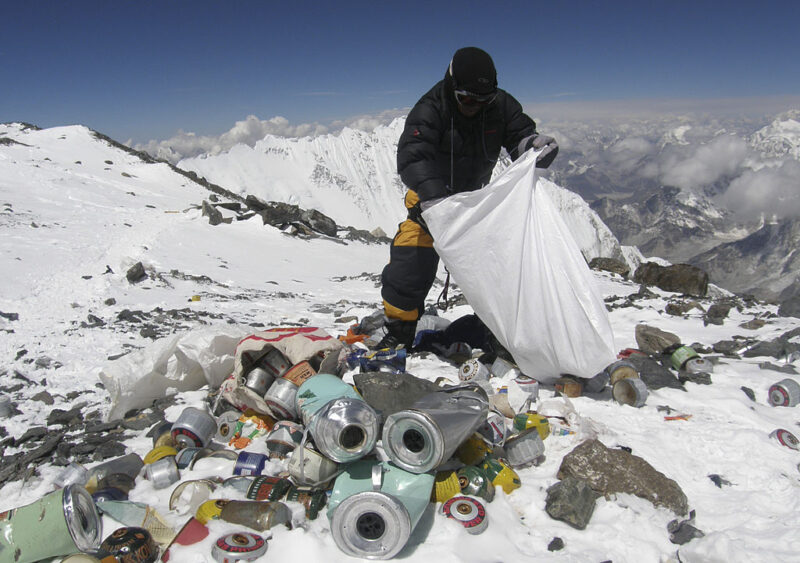
Just because you’re physically prepared to climb Mount Everest doesn’t mean you’re free from danger. You’re scaling a snow-covered mountain, so there’s always a risk of avalanche, falling rocks and ice, severe winds and snowfall, exposure, frostbite, exhaustion, falling and altitude sickness due to the thin air.
The latter is the biggest risk mountaineers face when scaling Everest. The oxygen levels grow increasingly thinner the higher up you climb. There’s also a part of the climb dubbed the “Death Zone,” where, at above 8,000 meters, you’re past the limit where your body can adapt to the changing levels, meaning you’ll be relying on supplementary oxygen.
As you can see from the list above, many of the dangers are things climbers don’t have any control over, meaning the most you can do is be prepared and vigilant. This is even more crucial due to rising global temperatures, which have increased the amount of glacier and snow melt along the mountain.
A recent danger is the amount of trash and overcrowding on Everest. The amount of permits issued by Nepal means there’s often a line to actually reach the summit. While this might seem like more than an inconvenience than anything, it’s actually dangerous, as mountaineers are made to wait at unsafe elevations for longer than their systems can handle.
Even the most experienced climbers aren’t immune to the effects.
Celebrating the 70th anniversary of the first climb
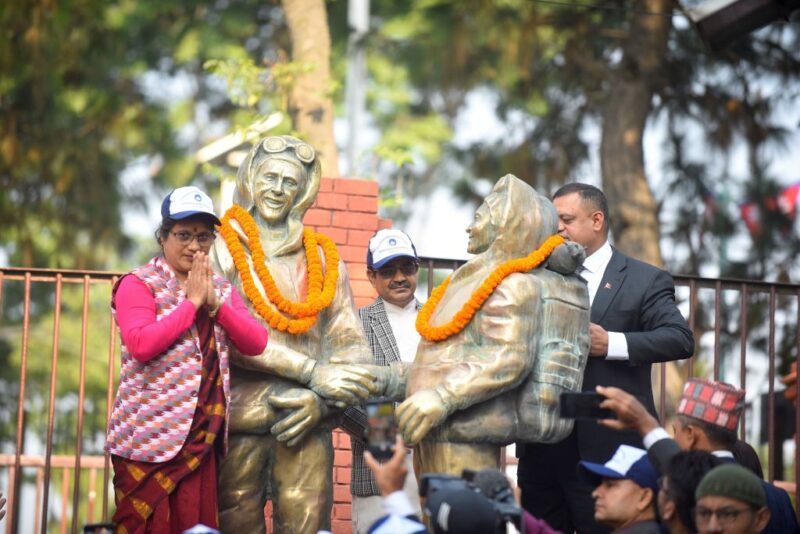
May 2023 marks the 70th anniversary of the first ascent to the top of Mount Everest. On the 29th, Nepal’s government organized a parade around Kathmandu, along with a ceremony for climbers and veteran Sherpa guides. The hundreds in attendance were treated to music performed by military bands.
More from us: Drone Discovers Truth Behind Missing Woman’s Disappearance In Forest
Since 1953, over 6,300 mountaineers have reached the summit of Everest, with an additional 463 making the ascent this year – 96 females and 367 males. To ensure they’re successful, over 1,500 Sherpas will be stationed at Base Camp and along the route.





